Alphabet Vocabulary (1)
This article, “Alphabet vocabulary (1)”, explores the following objects: igloos, jackets, keys, ladders, mirrors, nests, oranges, and pants.
No products in the cart.
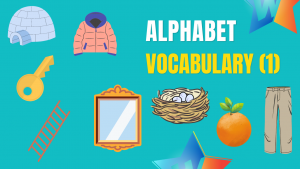
This article, “Alphabet vocabulary (1)”, explores the following objects: igloos, jackets, keys, ladders, mirrors, nests, oranges, and pants.

In this article, (Alphabet Vocabulary (2)”, we will discuss the history and uses of these objects, and see how they have shaped today’s world.

This post, “Alphabet Vocabulary (3)”, explores the history and uses of yoyos and zippers, highlighting their similarities and differences.
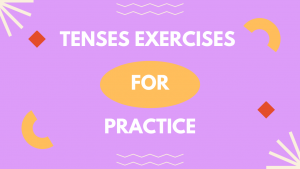
A series of multiple-choice exercises which are designed for the practice of tenses in English. They mainly target high school students.
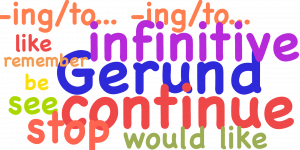
This exercise is designed for practicing the present simple and the present continuous tenses. It targets high school students.
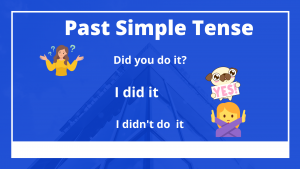
The past simple describes past actions that are not limited in duration,i.e., actions that happened in a second or thousands of years ago.

The past continuous is used with an action that was taking place at a point of time in the past, and with two past simultaneous actions.
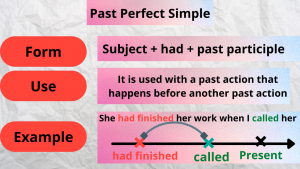
The past perfect simple tense is used to talk about an action that was completed at a given point in the past before something else happened.
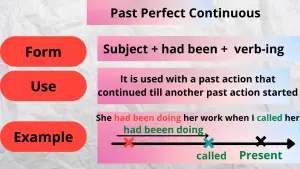
The past perfect continuous is used with an action or event that started in the past and continued until another action started.

The near future is used to make plans, predictions, and spontaneous decisions about the future at the time of speaking.

The future perfect simple is used with actions which, at a given point of time in the future, will be in the past or will have just finished.
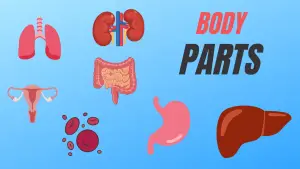
This post explores the following body organs, the lungs, kidneys, reproductive system, intestines, red blood cells, stomach, and liver.